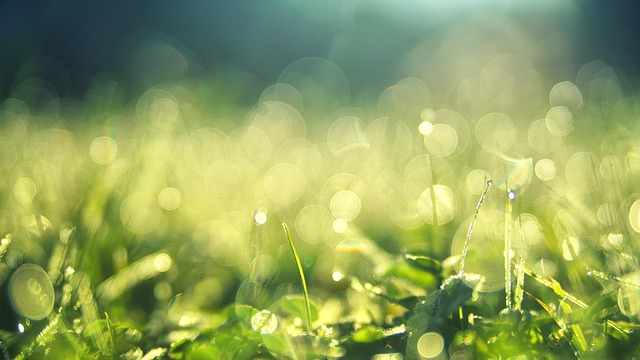Landscaping is an art and an independent profession, practiced largely by landscape architects, incorporating nature and human culture in their designs. In modern practice, landscape architecture bridges the difference between designing a landscaping Adelaide and garden design. It believes the combined effect of buildings, infrastructure and plants around the urban environment. A successful landscaper needs to be in a position to foresee what prospective uses for the field he or she is designing, and have the ability to integrate these into his or her design. The subsequent design should offer the very best utilization of all resources available, while still providing a comfortable setting for people who live in it.
In plants, landscaping are utilized to structure the landscape, behaving as the supporting structure, as well as the colors and materials to make it seem beautiful. These elements are then combined using the methods used to maintain them such as irrigation methods, topography, planting etc.. The main objective of a landscape designer will be to blend these components to the environment. The landscape designer will take into consideration elements like slopes, lighting, accessibility and venting to allow a smooth flow of visitors throughout the property.
8 Basic Principles of Landscape Design
 One of the chief theories of landscaping is that the integration of land and structures, creating a natural whole. Landscape architecture creates link among various elements such as building, planting and plant, forming a visual stream that is pleasing to the eye. The main purpose of this idea is to create a garden that looks beautiful in the backyard which provides the most productivity from this area it’s located in. There are three chief principles in landscaping design; maintenance, colour and form. Maintenance and form are the maintenance of the present garden and the form is the construction of new locations.
One of the chief theories of landscaping is that the integration of land and structures, creating a natural whole. Landscape architecture creates link among various elements such as building, planting and plant, forming a visual stream that is pleasing to the eye. The main purpose of this idea is to create a garden that looks beautiful in the backyard which provides the most productivity from this area it’s located in. There are three chief principles in landscaping design; maintenance, colour and form. Maintenance and form are the maintenance of the present garden and the form is the construction of new locations.
A key concern for landscape designers will be to select plants that will thrive in the soil and climate conditions of the region. Some of the plants selected for UK gardens are; daffodils, blue lilies, hedges, bushy annuals, aromatic herbs, evergreens, crabgrass, cabbage, ferns, hostas, hedges, ramblers, climbers and watercress. Some other plants which have demonstrated beneficial are; black-eyed susans, azaleas, freesias, anthuriums, bladderwrack, ajuga, azalea, bladderwrack, purple coneflower, phlox, purslane, sweet pea, and woodruff. These plants help in enhancing the overall expression of the gardens by providing a soothing color and adding some shade.
There are two aspects to landscaping, the first is that the layout itself and the next is execution. The design includes the colours and materials to be utilized, the size of this garden and the size of the home. Each of the components must work together to offer a satisfactory landscape design. It’s very important that each element of the landscape plan be checked and updated until the plants begin to grow.
8 Basic Principles of Landscape Design
Unity: A pleasing visual unity is essential when developing a landscaping layout. Unity describes the relationship between the components of the design such as colors, shapes, and lines. Visual unity is accomplished by organizing the various elements in their appropriate places. For example, if an area has trees and shrubs, they need to be put into their respective places in relation to one another and all looking similar. All the various elements of the landscaping must work together and make a pleasing visual unity.
Repetition: Repetition refers to the repetition of one particular component or characteristic, in this case the blossoms. But it should not be the repetition of this flower, but rather its position in the landscape or garden. All the various elements of landscaping should be organized in such a way they are able to work together and generate a visual unity.
8 Basic Principles of Landscape Design
When landscaping an arbor or fence, as an example, an individual might think about arranging the various elements of the fence or arbor in another way, perhaps by utilizing complementary plants. Each of the components of the landscaping should complement each other and work well together. The landscaping process is a very important part of the overall aesthetic look of your lawn or garden. Landscaping can be hard but rewarding. It requires hard work and dedication to make a yard look beautiful and attractive. If you’re able to stick with the practice of landscaping for a long time period, your yard will have a lasting impact on your property which will help you for years to come.

